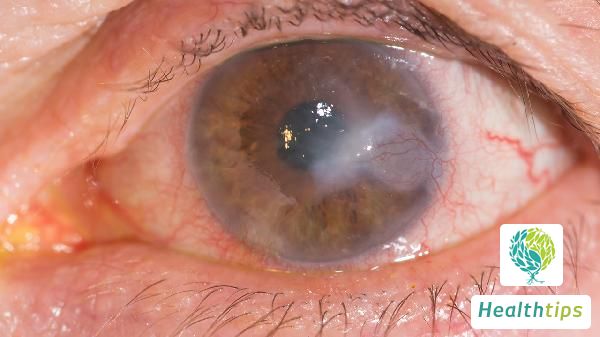How to Rule Out HIV/AIDS?
AIDS is a sexually transmitted disease that has been spreading rapidly in recent years. Its transmission is mainly caused by the lack of sexual safety awareness and failure to take adequate safety measures. If one suspects that they may have been infected with HIV, antigen testing or nucleic acid testing can be performed before the window period. Antigen testing involves the use of enzyme immunoassay to detect the p24 antigen in blood samples. Antibody testing can be conducted during the window period, and a positive result indicates infection with HIV.

The exclusion or diagnosis of AIDS generally involves analyzing behavior and laboratory testing. Common detection methods and exclusion times are as follows:
- Virus isolation: This operation is complex and mostly used for research purposes. It can exclude AIDS early on, but is generally not used in clinical settings.
- HIV antibody or antigen-antibody testing: Blood testing is the gold standard for diagnosing AIDS. However, during the window period, even if the antibody test result is negative, the possibility of infection cannot be excluded. The typical window period for AIDS is 2 to 6 weeks. Therefore, it is necessary to wait until after the window period and obtain a negative result from blood testing to exclude the possibility of infection. Fourth-generation reagents, which involve antibody testing, typically require four weeks for exclusion, as the body may not yet produce sufficient antibodies to react with the reagent shortly after HIV infection. Similarly, third-generation reagents, which involve antigen-antibody testing, require six weeks for exclusion.
- Antigen testing: This typically involves the use of enzyme immunoassay to detect the p24 antigen in blood samples. HIV antigen testing can shorten the window period for AIDS diagnosis and is commonly used for the diagnosis of early infections in the window period and in newborns. Generally, p24 testing can completely exclude the possibility of infection within two weeks.



















